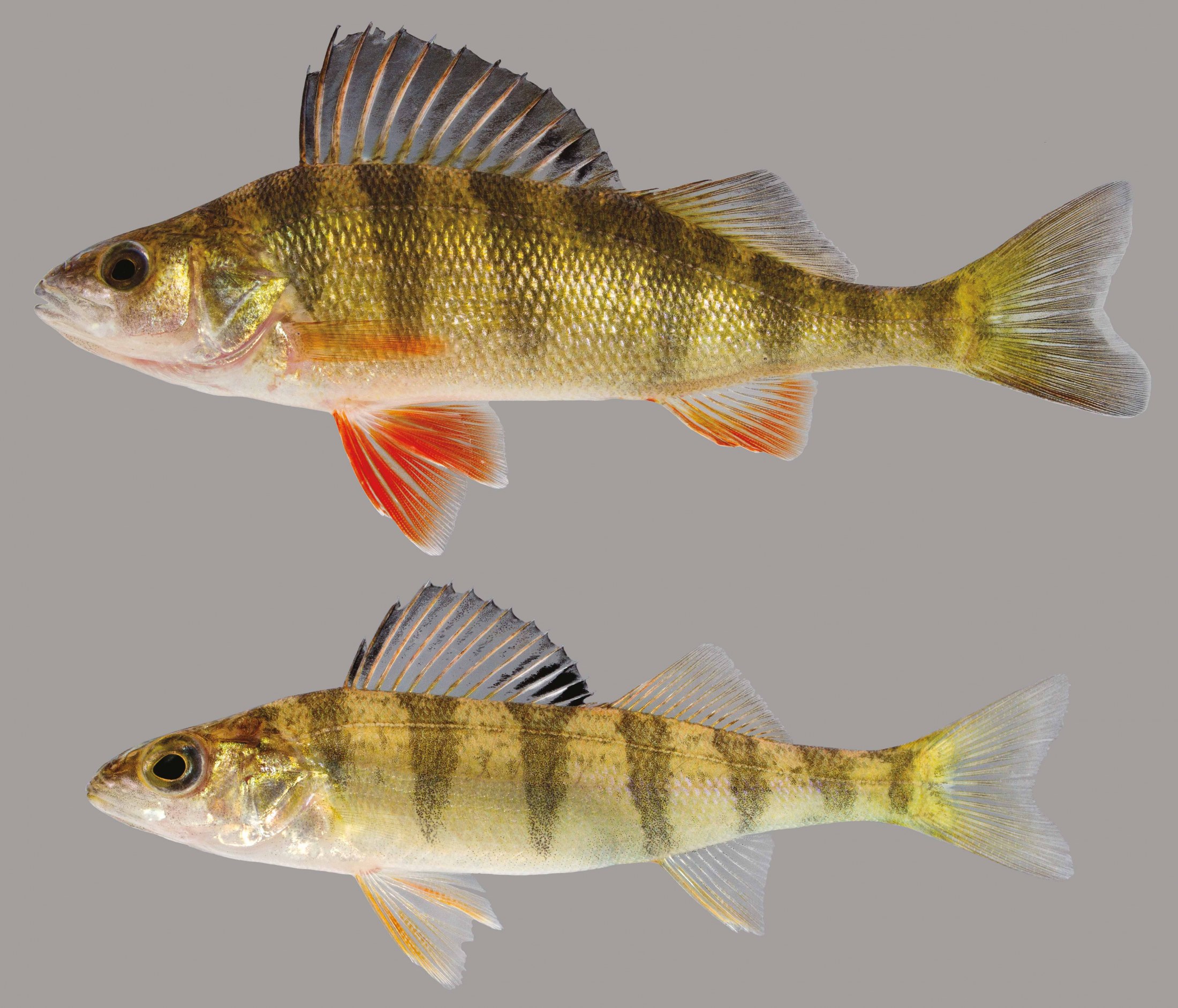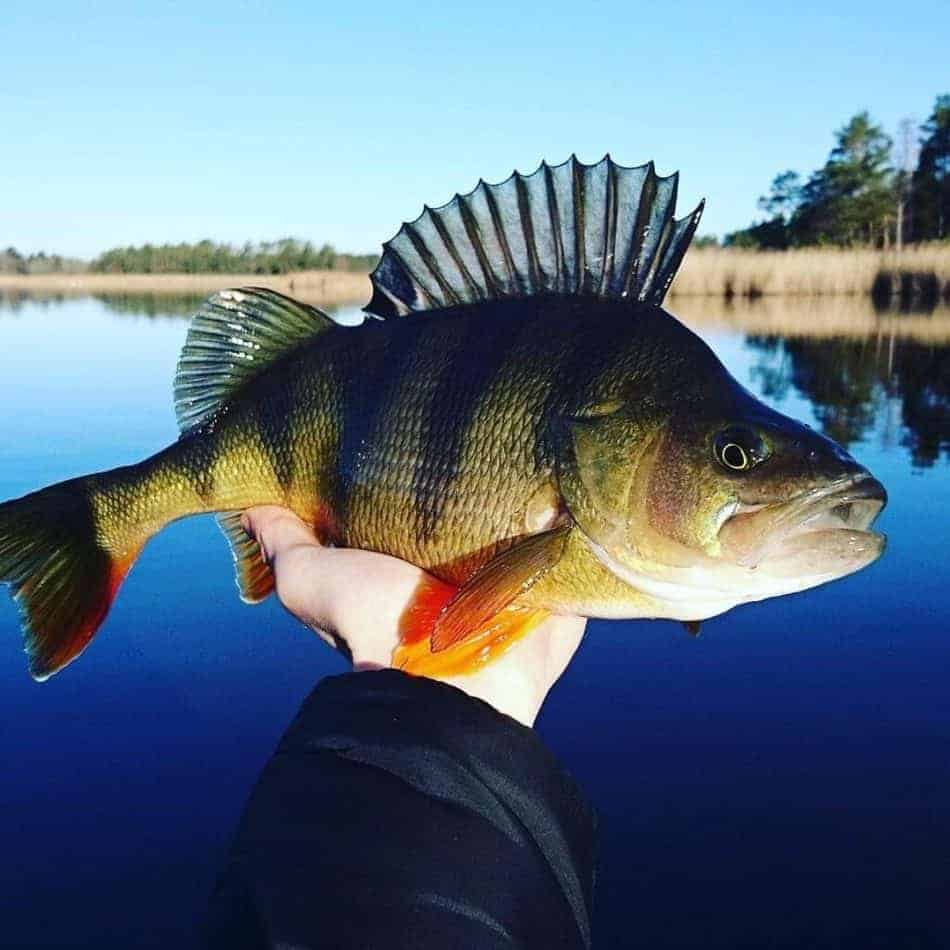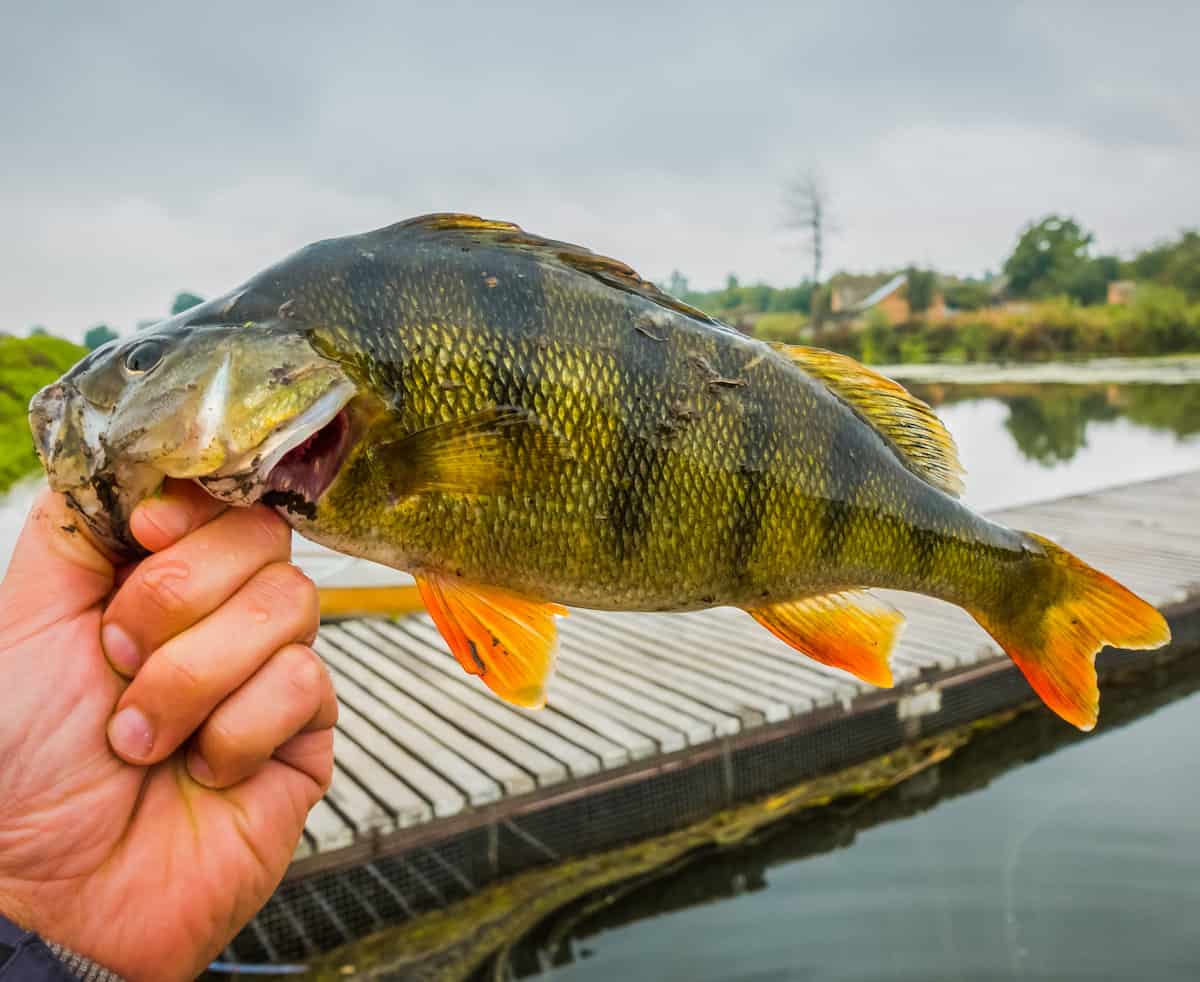Perch Fish Taxonomy and Characteristics

Perch fish, belonging to the order Perciformes, are a diverse group of fish characterized by their spiny dorsal fins and pelvic fins located below the pectoral fins. Within this order, the family Percidae includes the true perches, while other families, such as Centrarchidae and Serranidae, encompass a wide range of species commonly referred to as perch.
The perch fish, with its delicate scales and shimmering fins, glides effortlessly through the water. Its movements are reminiscent of a basketball terms floater , a graceful shot that arcs high into the air before descending softly into the hoop.
Like the floater, the perch fish seems to float effortlessly, its sleek body navigating the currents with ease.
Perch fish exhibit a wide range of physical characteristics. Their sizes vary greatly, from the tiny pygmy perch (Etheostoma microperca) to the massive Nile perch (Lates niloticus). Their bodies are typically elongated and laterally compressed, with a dorsal fin supported by spines and a soft-rayed anal fin. The coloration of perch fish varies depending on the species, but many display vibrant patterns and hues that help them camouflage in their surroundings.
Perch fish, with their sharp fins and agile bodies, are a sight to behold in the depths of the ocean. But there is a peculiar phenomenon known as “floater fish” that captivates the imagination. These fish, unlike perch, lack swim bladders and rely on unique adaptations to maintain their buoyancy.
Floater fish often inhabit the mesopelagic zone, where sunlight barely penetrates and the water is a constant chill. Perch fish, on the other hand, prefer shallower waters with ample sunlight and vegetation.
Adaptations for Aquatic Environments
Perch fish have evolved unique adaptations that enable them to thrive in their aquatic environments. Their streamlined bodies and powerful fins allow them to navigate through water with agility and speed. Their sensory systems, including their keen eyesight and lateral line, help them detect prey and avoid predators. Additionally, many perch fish possess swim bladders, which regulate their buoyancy and enable them to maintain their position in the water column.
Perch Fish Habitat and Distribution

Perch fish are found in a wide variety of habitats, including lakes, rivers, streams, ponds, and estuaries. They are most commonly found in areas with clear water and plenty of vegetation, as they rely on both for food and shelter. Perch fish are also known to be tolerant of a wide range of water temperatures, which allows them to survive in both warm and cold climates.
Geographical Distribution
Perch fish are native to North America, Europe, and Asia. However, they have been introduced to many other parts of the world, including Australia, New Zealand, and South Africa. Perch fish are now found in almost every continent except Antarctica.
Factors Influencing Distribution and Abundance
The distribution and abundance of perch fish are influenced by a number of factors, including water quality, temperature, and competition. Perch fish prefer to live in clear water with plenty of oxygen. They are also known to be tolerant of a wide range of water temperatures, but they prefer to live in water that is between 50 and 70 degrees Fahrenheit. Perch fish are also known to be territorial, and they will often compete with each other for food and shelter.
Perch Fish Behavior and Feeding Habits

Perch fish exhibit intriguing social and feeding behaviors that shape their ecological roles. They are renowned for their schooling patterns, which provide protection against predators and enhance foraging efficiency. These schools can range in size from a few individuals to massive aggregations, with members maintaining cohesive movements and coordinated responses to external stimuli.
Social Behavior
Within their schools, perch fish establish hierarchical structures, with dominant individuals leading the group and influencing decision-making. They communicate through visual cues, body language, and vocalizations, coordinating their movements and maintaining cohesion. Interestingly, some species of perch fish have been observed engaging in cooperative hunting behaviors, working together to capture prey.
Feeding Habits
Perch fish are voracious predators, primarily targeting smaller fish, invertebrates, and zooplankton. They possess sharp, pointed teeth adapted for seizing and holding their prey. Their hunting strategies vary depending on the species, with some ambushing their victims from cover, while others actively pursue their prey. Some perch fish species have even developed specialized adaptations, such as elongated jaws or expandable stomachs, to enhance their feeding efficiency.
Ecological Impact, Perch fish
As predators, perch fish play a crucial role in regulating the populations of their prey species, maintaining ecosystem balance. They also serve as an important food source for larger fish, birds, and mammals. The abundance and distribution of perch fish can significantly influence the structure and dynamics of their aquatic environments. Understanding their behavior and feeding habits is essential for managing and conserving these ecologically important species.
The perch, a fish known for its spiny dorsal fins, has found a new lease on life in the realm of basketball. In the perch basketball term , the perch symbolizes the ability to gain an advantageous position on the court, akin to the perch fish’s tendency to hover near the surface of the water.
This basketball term pays homage to the perch’s keen observation and strategic positioning, qualities that can lead to success both in the water and on the hardwood.
Perch, the spiny-finned fish known for its keen eyesight, is also a term in basketball, where a player “perches” above the rim to gain an advantage. Just as the fish’s sharp gaze aids it in hunting prey, a basketball player’s perch allows them to dominate the court.
Learn more about the perch basketball term and how it’s used in the world of sports.
Perch fish, with their vibrant hues and spiky fins, are a sight to behold. Their close cousins, the pike fish , share a similar predatory nature. Pike fish, with their elongated bodies and sharp teeth, are equally adept at ambushing unsuspecting prey.
Despite their differences, both perch and pike fish are integral to the delicate balance of aquatic ecosystems, each playing a vital role in the food chain.